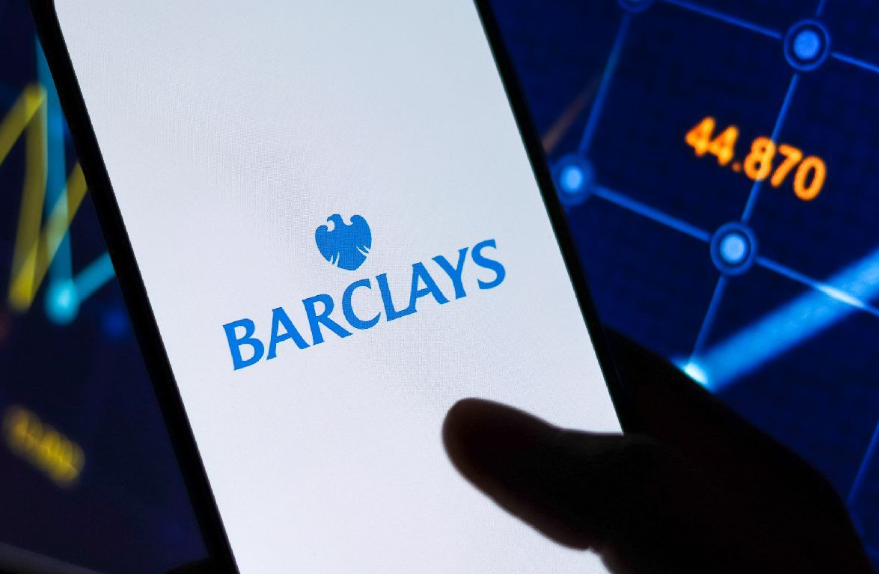
Barclays’ share price saw a strong performance in October, reaching its highest level since 2018. The stock has surged by over 180% from its lowest point in 2020, making it one of the best-performing banking stocks. It has also risen for seven consecutive weeks.
Several key events contributed to Barclays’ rally in October. First, the stock gained momentum after the company reported strong quarterly results, driven largely by its wealth management and investment banking divisions, similar to the success seen by major banks like Goldman Sachs and Morgan Stanley.
Additionally, the stock climbed as more signs pointed to central banks shifting towards a more hawkish stance. In the UK, the Bank of England (BOE) is expected to take a firmer position due to rising inflation and falling unemployment. The BOE is set to conclude its November meeting this week, and other central banks, such as the Federal Reserve and the European Central Bank (ECB), are also expected to follow suit.
The broader strength of the global banking sector also supported Barclays’ rise, as banks have been one of the best-performing sectors in recent months.
However, the stock took a sharp downturn today following the resignation of CEO Jes Staley, who stepped down due to his connections with disgraced financier Jeffrey Epstein. C.S. Venkatakrishnan will replace him. Barclays stated that Staley intended to contest the findings, but he and the board agreed on his departure.
On the four-hour chart, Barclays’ share price fell below 200p, reaching its lowest level since October 14th. The stock also dropped below the 25-day and 50-day moving averages, while the MACD indicator showed a bearish divergence.
Looking ahead, the stock could bounce back in the coming days, potentially rising above its year-to-date high of over 203p. However, if it falls below 190p, the bullish outlook would be invalidated.